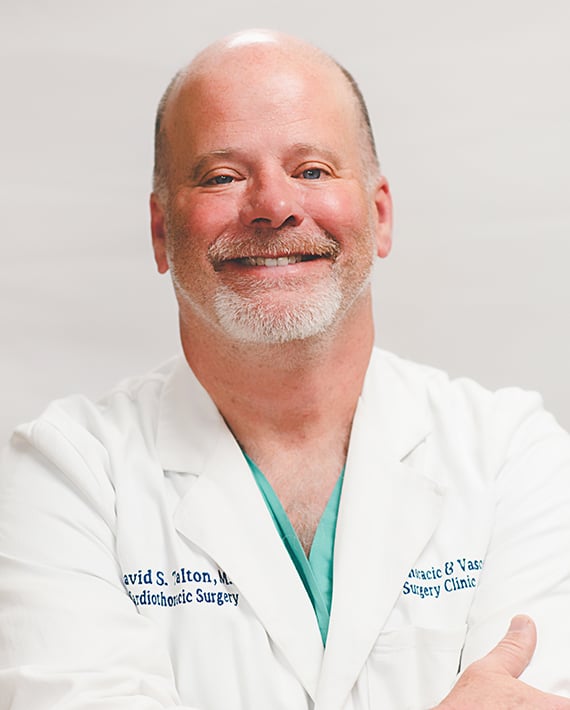



Summary
The aortic valve is one of four heart valves that open and close to make sure blood flows in in the right direction. Find out what happens when it doesn't work correctly.
Your heart has four heart valves:
- aortic valve
- mitral valve
- pulmonary valve
- tricuspid valve
These valves open and close to make sure blood flows in in the correct direction. Sometimes a valve doesn't open or close all the way, which can change how blood flows through the heart to the rest of the body.
This article will focus on the aortic valve.
Q: What does the aortic valve do?
A: The aortic valve connects the left side of your heart with your aorta, the large artery that carries blood from your heart to the rest of the body. Your aortic valve controls blood flow into your aorta and keeps blood moving in one direction.
Q: What is aortic valve disease?
A: There are two main types of aortic valve disease:
- Aortic stenosis: the valve doesn't open fully, reducing blood flow
- Aortic regurgitation: the valve doesn't close properly, causing blood to leak back into the heart
Q: What are the symptoms of aortic valve disease?
A: Some people with aortic valve disease might not have symptoms for many years. When symptoms occur, they might include:
- Shortness of breath
- Chest pain
- Fatigue
- Dizziness or fainting
- Edema (swelling caused by too much fluid trapped in the body’s tissues)
Q: How is aortic valve disease diagnosed?
A: Doctors use tests like echocardiograms (ultrasound of the heart), ECGs (measuring heart's electrical activity), and sometimes MRIs or CT scans to diagnose the condition.
Q: How is aortic valve disease treated?
A: Treatment depends on the type and severity of the disease.
- For mild cases: regular check-ups and lifestyle changes
- For moderate to severe cases: medications to manage symptoms or surgery to repair or replace the valve
Q: What kind of surgery treats aortic valve disease?
A: Surgery options include:
- Valve repair: fixing the existing valve
Valve replacement: replacing the damaged valve with a mechanical or biological one.
In the past, heart valve replacement always involved open heart surgery that required opening the chest and placing the patient on a heart-lung bypass machine.
Today, we can also offer minimally invasive valve replacement through a tiny incision. These procedures are done percutaneously (through the skin) using an artery in either the leg (femoral artery) or the neck (carotid artery). Using imaging techniques, we position the replacement valve and check that blood flow has been restored.
Q: How long does it take to recover from aortic valve surgery?
A: One big advantage of minimally invasive valve replacements is that recovery time is much shorter.
- Open heart surgery recovery = eight to 12 weeks
- Minimally invasive surgery recovery = three to five days

